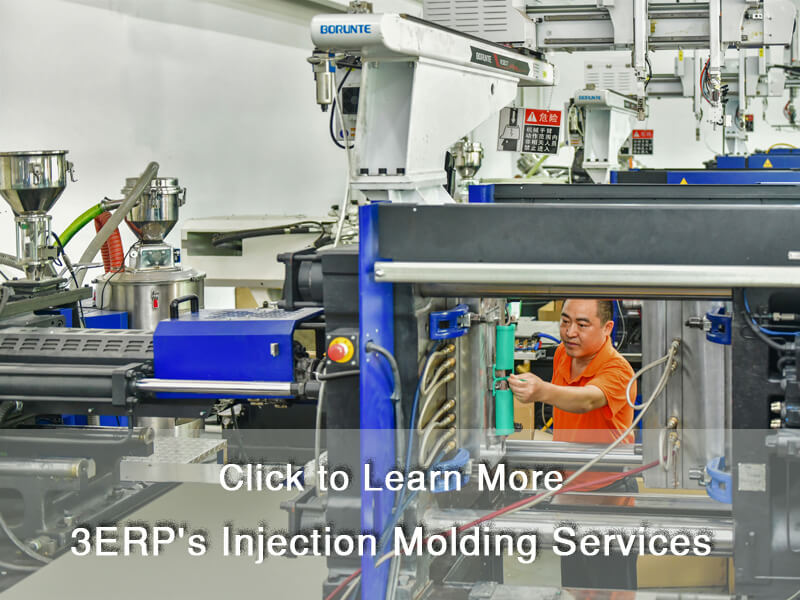The Plastic Manufacturing Ideass
Wiki Article
Our Lean Manufacturing PDFs
Table of ContentsAll about Die CastingThe 7-Minute Rule for Die CastingThe Buzz on OemThe Definitive Guide for Die CastingOem for DummiesHow Oem can Save You Time, Stress, and Money.
The message on this web page is a sample from our complete White Paper 'Shot Moulding for Customers' - * Sample text * - for complete overview click the download switch above! Introduction This guide is intended for individuals that are seeking to source plastic mouldings. It offers a much required insight into all that is included with producing plastic parts, from the mould tool called for to the moulding procedure itself.If you wish to explore even more, the guide covers types of mould devices, as well as special completing processes such as colours & plating. Words that are underlined can be discovered in the reference in the appendix ... Part I: Moulding: The Essentials The Benefits of Injection Moulding Plastic shot moulding is a very specific procedure that supplies numerous benefits over various other plastic processing methods.
Accuracy is perfect for really complex parts. You can hold this moulding in the palm of your hand and it has managers, ribs, steel inserts, side cores and holes, made with a sliding shut off feature in the mould tool.
Some Ideas on Oem You Need To Know


from product feed & melting; material shot; cooling down time and ejection to the re-closing of the mould device all set for the following cycle. Draft angles - The wall surfaces of a moulded part must be somewhat tapered in the instructions in which the component is expelled from the mould tool, to enable the component to be ejected conveniently.
Ejector stroke - The pressing out of ejector pins to eject the moulded component from the mould device. Ejector stroke speed, size as well as timing needs to be very carefully managed to avoid damage to the ejectors as well as mould tool, however at the same time make the moulding cycle as brief as feasible.

The Only Guide for Plastic Manufacturing
Ribs - When a plastic component has slim wall surfaces, ribs are contributed to the layout to make the thin wall surfaces more powerful Side cores - Side action which creates an attribute on a moulded part, at an opposing angle to the regular opening direction of the mould tool. oem. The side core needs to be able to pull back as the plastic component can not be expelled or else.
Wall surfaces - The sides of a moulded part The message on this web page is a sample from our full White Paper 'Shot Moulding for Purchasers'.
Shot moulding is extensively utilized for making a range of components, from the smallest components to whole body panels of vehicles. Advancements in 3D printing modern technology, making use of photopolymers that do not thaw during the shot moulding of some lower-temperature thermoplastics, can be used for some simple injection moulds. Shot moulding makes use of a special-purpose machine that has three parts: the injection system, the mould and also the clamp.
The Main Principles Of Mfg
Process qualities [edit] Shot moulding uses a ram or screw-type bettor to force molten plastic or rubber material into a mould dental caries; this solidifies right into a form that has actually adapted the shape of the mould. It is most generally made use of to refine both polycarbonate and thermosetting polymers, with the volume utilized of the previous being significantly higher.: 13 Thermoplastics are common due to attributes that make them very suitable for shot moulding, such as simplicity of recycling, versatility for a wide range of applications,: 89 as well as ability to soften and flow on heating.In several tooth cavity moulds, each cavity can be identical and also create the same oem automotive components or can be distinct and also develop several different geometries throughout a single cycle.
The screw delivers the raw product onward, blends and homogenises the thermal and viscous circulations of the polymer, and also minimizes the needed heating time by mechanically shearing the material and adding a significant quantity of frictional home heating to the polymer. The material feeds ahead through a check shutoff as well as accumulates at the front of the screw right into a volume referred to as a shot. When sufficient material has collected, the material is forced at high pressure and also rate into the part creating tooth cavity. find this The precise amount of shrinking is a function of the resin being made use of, and can be reasonably predictable. To stop spikes in stress, the procedure generally utilizes a transfer setting representing a 9598% full cavity where the screw shifts from a continuous rate to a continuous stress control.
The 6-Second Trick For Additive Manufacturing
The packaging stress is applied until the gate (cavity entryway) solidifies. Due to its small dimension, the gate is generally the first place to strengthen through its whole thickness.: 16 Once the gate strengthens, no more material can go into the tooth cavity; accordingly, the screw reciprocates and acquires material for the next cycle while the material within the mould cools so that it can be read this post here ejected and be dimensionally stable.Report this wiki page